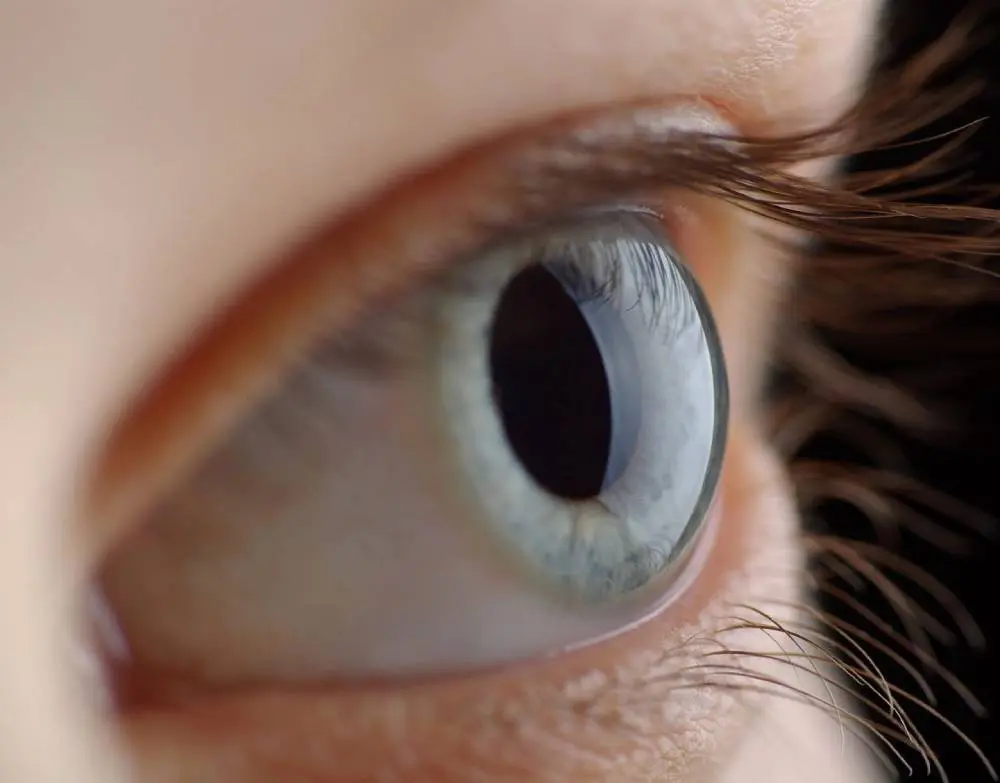When you understand your eye conditions, there's collaberation in care
At Advanced Eye Care of Tucson, we strive and pride ourselves in communication with and educating patients on their diagnosis and treatment plan. Please read through Advanced Eye Care Tucson resources for details and information.

Top Ten Eye Conditions
1. Cataracts
2. Glaucoma
3. Macular Degeneration
4. Diabetic Retinopathy
5. Blepharitis
6. Dry Eyes
7. Floaters
8. Flashes of Light
9. Stye or Chalazion
10. Digital Eye Strain
Cataract Surgery Lens Options
Please click the "EyeSmart" image to learn more about ocular diseases from the American Academy of Ophthalmology.

Por favor hacer clic "OjosSanos" para mas informacion sobre enfermedades de los ojos.

What is Glaucoma?
According to the American Academy of Ophthalmology, glaucoma is a disease that damages your eye’s optic nerve. Fluid builds up in the front part of your eye, which increases the pressure in your eye, damaging the optic nerve, leading to blindness for people over 60 years old.
Dr. Patrick Tsai is board-certified with over 15 years of experience after a fellowship glaucoma training program at Indiana University School of Medicine. He specializes in the treatment and management of glaucoma. He also performs the newest minimally invasive glaucoma surgery (MIGS) and all glaucoma laser procedures.
Types Of Glaucoma
Primary Open-Angle Glaucoma
This most common type of glaucoma happens gradually, where the eye does not drain fluid as well as it should (like a clogged drain), leading to eye pressure and damage to the optic nerve. It is painless and causes no vision changes at first.
Some people can have optic nerves that are sensitive to normal eye pressure. This means their risk of getting glaucoma is higher than usual. Regular eye exams are important to find early signs of damage to their optic nerve.

Angle-Closure Glaucoma
Also called “closed-angle glaucoma” or “narrow-angle glaucoma,” it happens when your iris is very close to the drainage angle in their eye. The iris can end up blocking the drainage angle. When blocked completely, eye pressure rises, called an acute attack. You should call your ophthalmologist right away, or you might go blind.
Signs of acute angle-closure glaucoma attack:
Many people develop this slowly with no symptoms. In some people, their drainage angle gets blocked suddenly, causing an attack called chronic angle-closure glaucoma. This can cause blindness if not treated right away.
